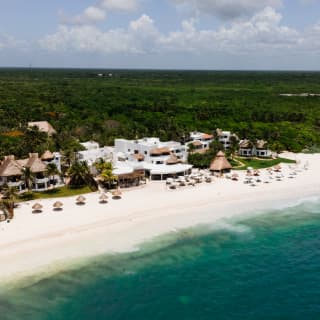
Maroma, A Belmond Hotel, Riviera Maya
Between the jungle and the wide open sea, experience the pulse of Maroma.
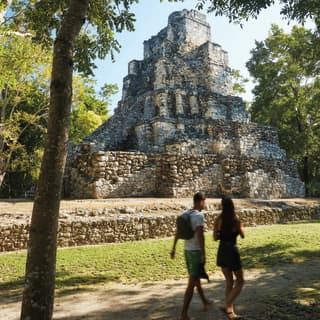
Beyond platinum sands and dazzling waves, a journey to the Yucatán opens a gateway to the past. Explore the best archaeological sites in the Riviera Maya and uncover the stories of the Mesoamerican cultures that came before them.
1 / 5
Imagine a Mexican pyramid, and there’s a good chance you’re picturing Chichén Itzá — one of the most emblematic archaeological sites of the Yucatán. Estimates say the original site was developed between 750 and 900 AD, but it wasn’t until the 10th century that the city rose to the status of a regional capital.
The primary draw is the main pyramid: the Temple of Kukulkan, devoted to the famed winged serpent deity seen across Mexico. The slope and panels of the stairs, ending in a serpent’s head, depict Kukulkan when seen in profile and are illuminated when night descends. Other important structures include the Temple of the Warriors, flanked by the Group of a Thousand Columns, and El Caracol, a round building with a spiral staircase thought to be a proto-observatory. There’s also the Cenote Sagrado, a sacred sinkhole and a place of pilgrimage for the ancient Mayans.
In the present: Neighboring Mayaland Resort hosts daily planetarium shows, giving a modern perspective on ancient stargazing.

2 / 5
Hidden among the endless emerald jungle of the Yucatán’s northeast, the journey to Coba feels like a quest in itself. Arriving by car or bus, guests circle the grand Coba Lagoon before arriving at the entrance to the archaeological park. To access the Mayan ruins, you’ll be offered a bike to navigate the rugged jungle paths; some of these vehicles feel like relics themselves. For the less adventurous, you can opt for a chauffeured cart or tackle the roads on foot.
The site is originally thought to have been settled in 50 BC but growth accelerated in 100 AD, quickly making it one of the most important and powerful cities in the Yucatán. At its peak, it controlled several trading routes and examples of myriad architectural styles indicate strong political ties with many Mesoamerican cities. The main Nohoch Mul pyramid is 42 meters high and can still be climbed today, providing an incredible view across the sea of verdant jungle.
In the present: North of Coba is Punta Laguna, an incredible place to explore the unspoilt natural beauty of the peninsula.
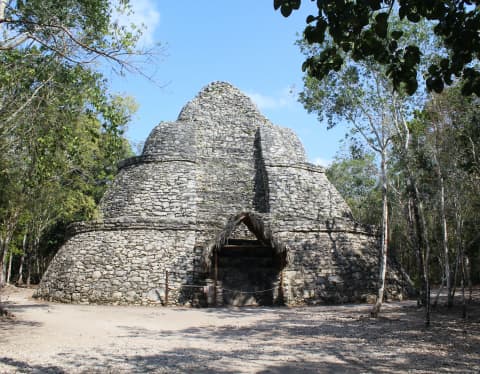
3 / 5
Heading south from Maroma and further past Playa del Carmen, you’ll reach Tulum. The town has a breezy, captivating and relaxed vibe, making the most of the incredible beachfront position. It’s also home to some incredible Mayan ruins; many consider Tulum to have some of the best preserved beachfront archaeological sites in Mexico.
‘Tulum’ is a more recent name, meaning ‘wall’, referencing the striking defensive measures of the city. Excavations indicate that the original name was probably Zama, meaning ‘city of dawn’, as the town faces the sunrise. The site was probably one of last cities constructed by the Mayans in the area, reaching its peak between the 13th and 15th centuries. It was a key port for the city of Coba, situated on intersecting land and sea trade lines, distributing across Mexico and even to Honduras. The temples of this site honor the descending god, as it was believed the waters around the site were an entry to the underworld.
In the present: AUTOR, a short drive from Tulum, provides modern Mexican fine dining, curated by an ever-changing guest chef.
Visit Tulum with Belmond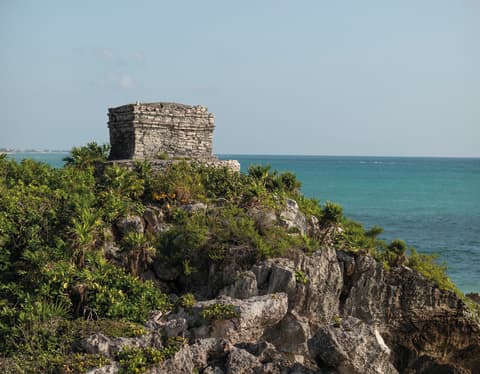
4 / 5
Northwest of Coba, about two hours from Playa Maroma, you’ll find the archaeological park of Ek’ Balam. Lesser known than the previously mentioned sites, Ek’ Balam is often quieter and more tranquil. It also has a distinct selling point of housing some of the best-preserved architectural details in the peninsula; particularly the stucco façade on the main temple—the Acropolis—which also houses incredible wall paintings and calligraphy.
Parts of the site began construction around 100 BC, but the city reached its peak between 770 and 840 AD, with an estimated population of around 20,000. It’s name, meaning Black Jaguar, and the notably high defensive walls, suggest it was a very important settlement. A fourth wall within the center is more hastily constructed, supporting theories of a hurried desertion from the site.
In the present: For the adventurous, nearby Cenote Maya Park combines the beauty of a sacred cenote with the thrill of ziplining and rappelling into the waters.
Visit Ek' Balam with Belmond
5 / 5
Found at the crossroads of Chichén Itzá, Ek’ Balam and Coba, the city of Valladolid offers a snapshot into Mexico’s colonial past. The settlement was established in 1543 by a nephew of Spanish conquistador Francisco de Montejo. It was constructed over a Mayan town called Zaci-Val, with the buildings dismantled for their stone, and the new city was named after the Spanish capital of the time. It was the site of many conflicts between the Maya and the dominant Hispanic populations; it wasn’t until the Mexican Revolution that reforms were introduced to ease just some of the Maya grievances.
Visitors to Valladolid will find some exceptional examples of colonial-era architecture, including the Cathedral of San Servacio, the Convent of San Bernardino de Siena, and the bustling central plaza of Parque Principal Francisco Cantón Rosado. There is also a stunning cenote, named after the original Maya settlement, right in the middle of town.
In the present: Don Diablo Rooftop provides elevated modern Mexican cuisine and cocktails with equally elevated city views from the terrace.
Visit Valladolid with Belmond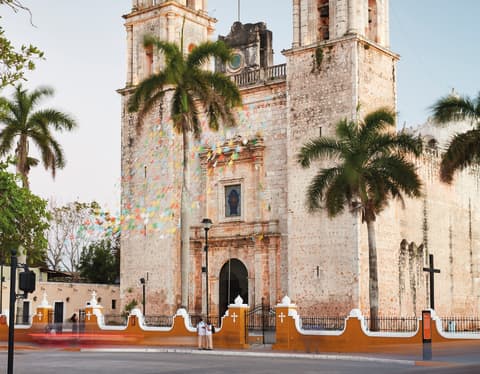

Between the jungle and the wide open sea, experience the pulse of Maroma.

Travelling in luxury by train or boat recalls a sense of cinematic glamour. Now, takeovers and charters are the new way to recreate a rollicking spirit of celebration for special occasions.
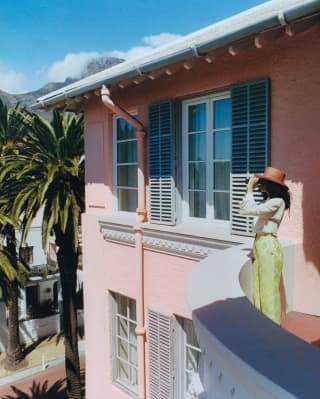
The one trailblazer of Cape Town and the icon behind the ‘Mount Nelson Pink’ carnation, our mythical hotel has set the standard for luxury for more than a century – discover the Belmond legend.
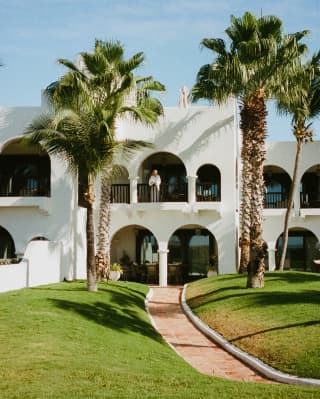
“I shall wear white flannel trousers and walk upon the beach,” T.S. Eliot wrote in a wistful ode to life by the sea. Surely the best way to appreciate it is from the comfort of your own villa – ideally with a cocktail in hand.
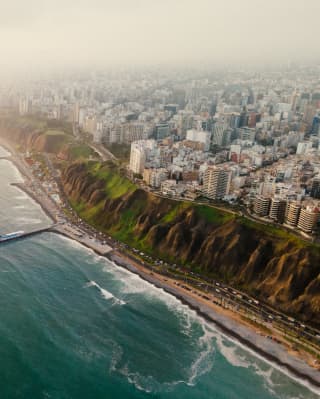
More than ever, travellers are picking travel spots featured on their favourite TV shows and films. We investigate the trend and look ahead to the stop set-jetting spots for 2025, from deep valleys of Caledonia to the plains of Peru.
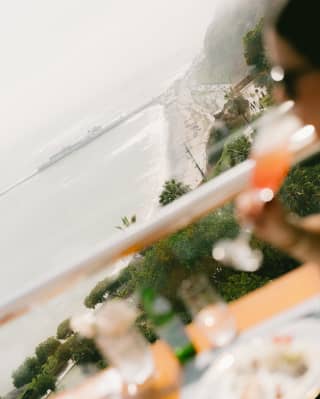
In the summer, the mysterious sea mist lifts and limeños come alive. Lima, the foodie capital of South America, is vibrant and cosmopolitan year-round – but her best side is seen between December and April. Fresh from a whirlwind nationwide tour celebrating Belmond’s 25 years in Peru, writer Alexandra Pereira shares her Lima highlights.
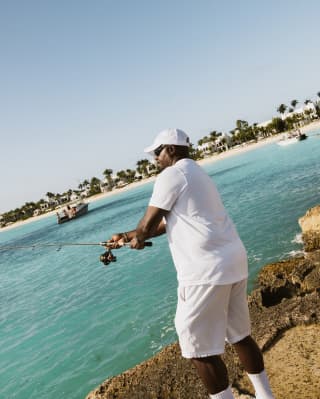
With palm-fringed beaches, luxurious hotels and an impressive array of restaurants, the Caribbean island of Anguilla is a sun-seekers dream realised. Travel writer and ‘Carivangelist’ Sarah Graves-Gabbadon gives you the low-down on the perfect high-end getaway.
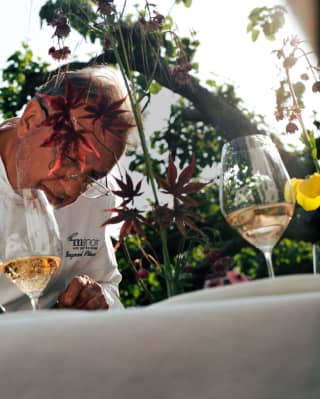
A place for gastronomic greatness, Le Manoir has gathered the culinary curious for the past 40 years. Join us to learn more about our iconic hotel and restaurant’s garden-to-table philosophy.